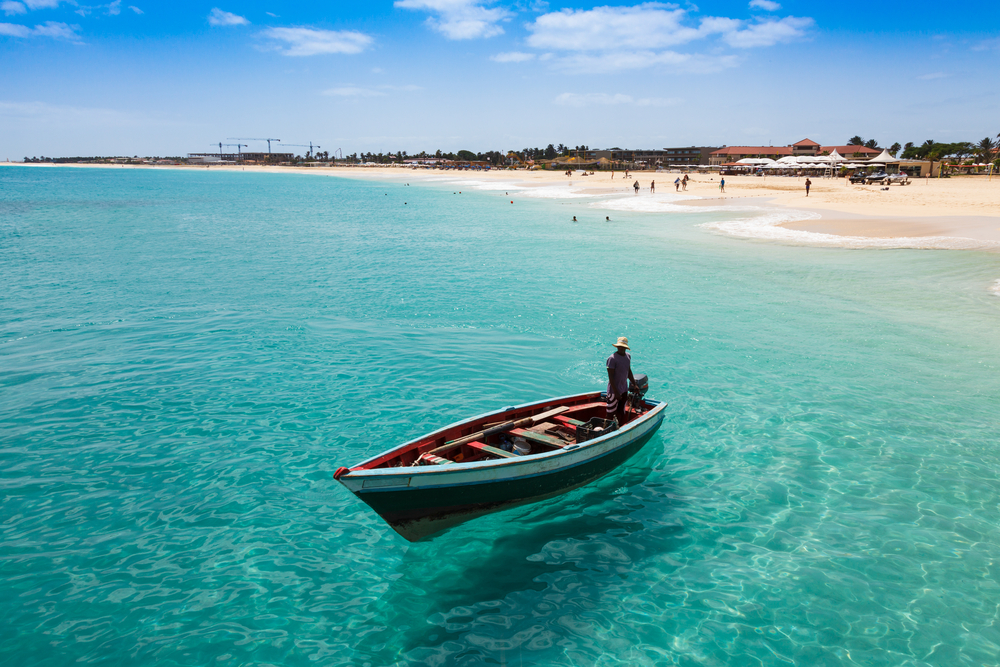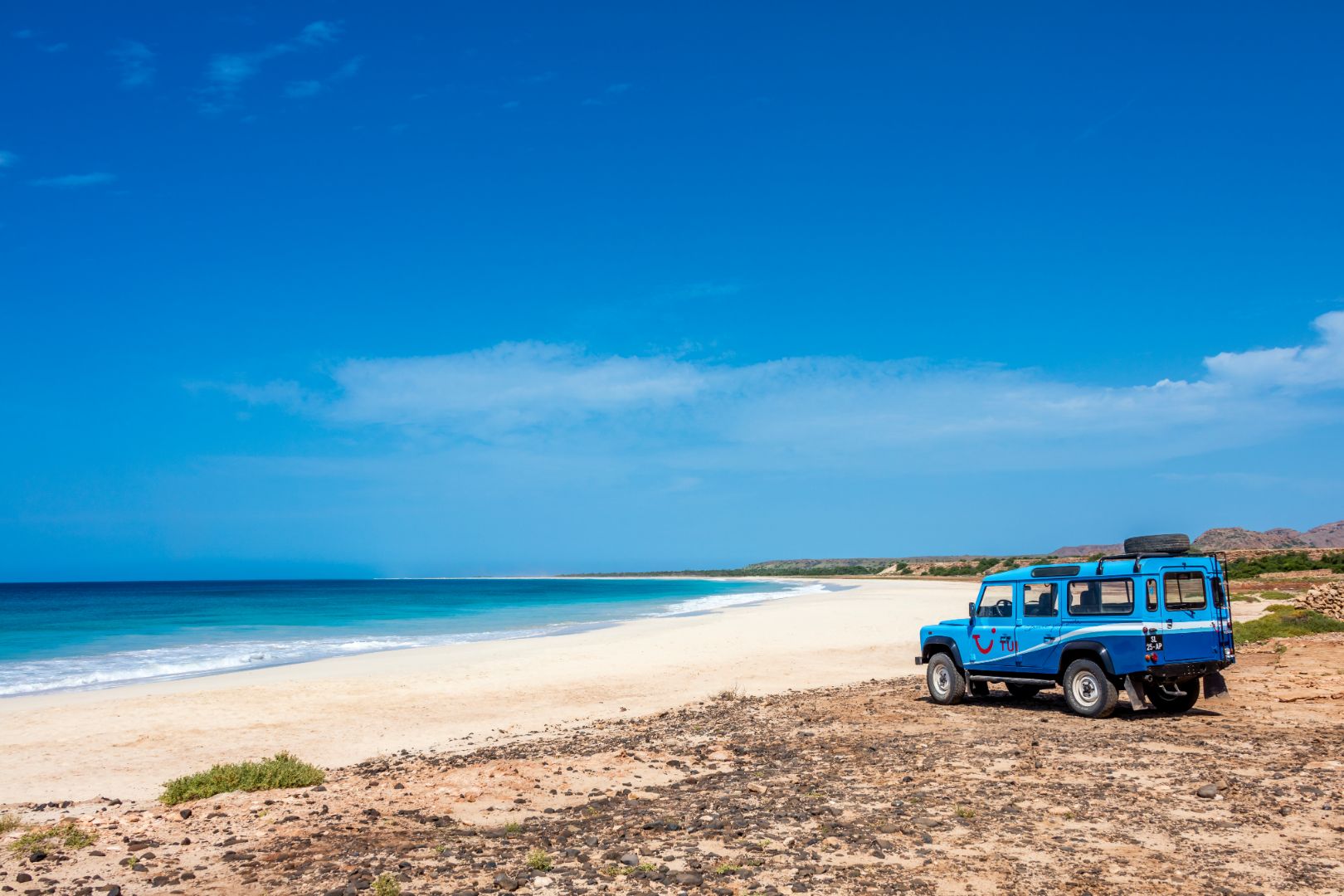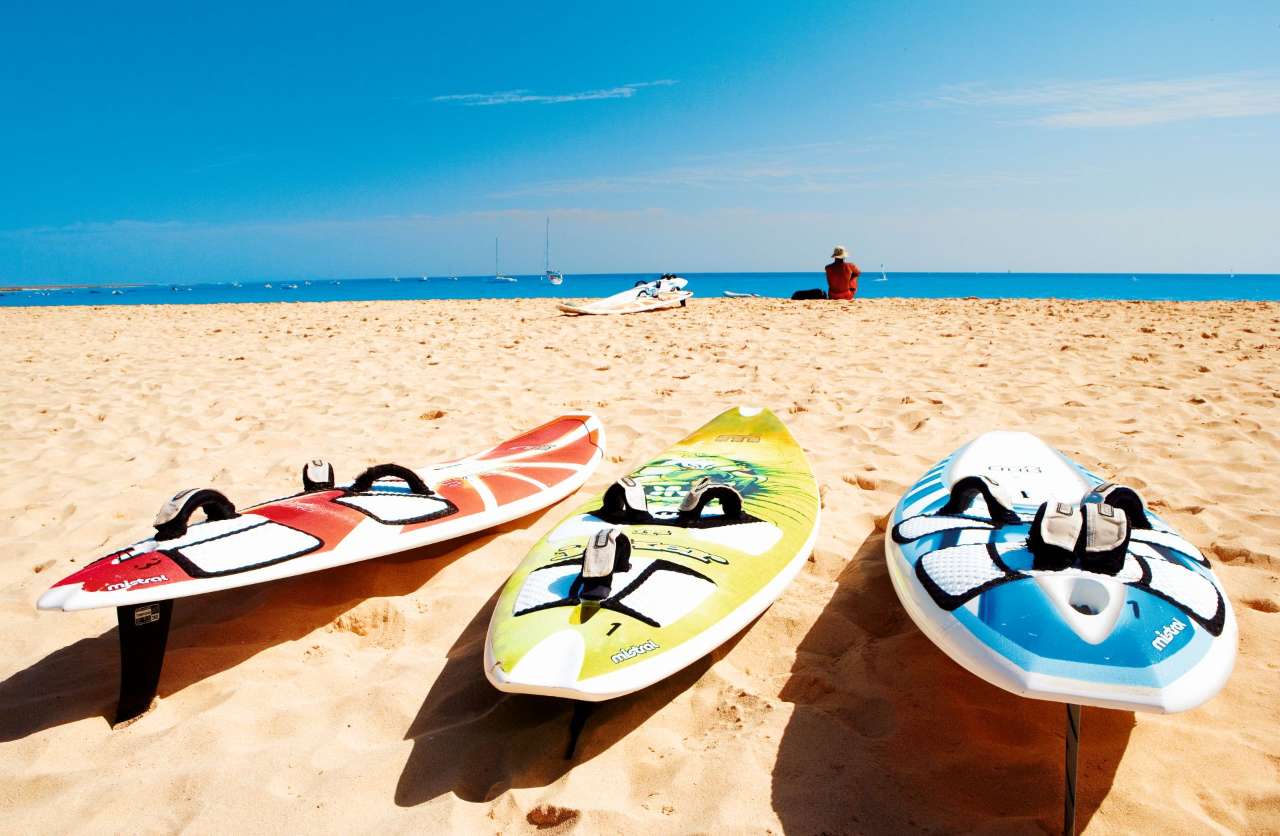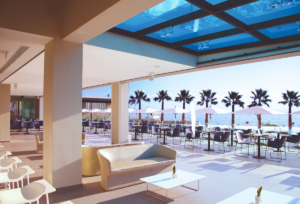
Are you wondering what the weather in Cape Verde is like? Located south of the Canary Islands and just off the coast of Africa, you’ll find a hidden gem known as the Cape Verde Islands. Just a six-hour flight from the UK, you’ll be soaking up the African sun in no time, and with a superb year-round climate it’s a great place to escape if you’re after some winter sun.
Featuring next to no rainfall for nine months, Cape Verde weather never disappoints, making it an unbeatable destination when it comes to nothing but sunshine. Beach worshippers will be in their element with all the blue flag beaches on offer!

How hot is summer in Cape Verde?
In summer, the temperatures in Cape Verde always hover comfortably above 25°C. Particularly hot days between July and November will edge those temperatures towards 30°C.
Cape Verde is a chain of islands located in line with the Sahara Desert, however temperatures here don’t get as swelteringly hot as its continental counterpart. That’s because of the cooling effect of the sea and the Canary Current, which brings breezes across the islands.
How warm are winters in Cape Verde?
Visitors to Cape Verde can bask in winter heat from November to February, when temperatures stay around 25°C or higher. Cape Verde consists of 10 islands that are located west of mainland Africa, which gives it a climate that remains hot all year.

Cape Verde:Boavista:Espingueira
Cape Verde’s weather is prime in winter
Visitors from the UK may be surprised that the hottest months of the year in Cape Verde tend to be August, September and October, when average temperatures often creep up to 30°C.
However, this time is also the rainiest season of the year, which makes a visit to Cape Verde in winter a fantastic alternative, with plenty of warmth to spare.
What about rainfall?
There are two distinct seasons in Cape Verde, the Tempo das Brisas – or windy season – which runs from October to July, and the rainy season Tempo das Chuvas, from August to October.
Rainy season also corresponds roughly with the hottest time of the year in Cape Verde and we know you’re not likely to appreciate the rain while sunbathing. This explains why winter, spring and early summer breaks to Cape Verde are so popular, and fewer people tend to visit in the traditionally peak month of August.
The driest months on the island chain’s calendar are March to June, according to annual averages. By contrast, August, September and October get anywhere between 50mm and 75mm of rainfall, while days of pure sunshine are pretty much a given between March and June.

Santa Monica Beach, Boa Vista
Does the weather change much across the islands?
Cape Verde is a chain of islands that look a little like a crescent moon – some people even think it looks like a boomerang. Of the 10 islands, nine are inhabited, and the two major holiday islands of Sal and Boa Vista both sit on the easterly point of this archipelago.
Wherever you stay in Cape Verde you’re assured of winter temperatures around the 25°C sweet spot and 340 days of sunshine a year.
One difference between the islands is that Boa Vista and Sal are among the Barlavento, or windward, islands that receive prime conditions for windsurfing, sailing and other activities that rely on the breezes. In contrast the more westerly islands are classed as the Sotavento, or leeward, islands.
More than meets the eye
As quiet and secluded as Cape Verde holidays are, there is still plenty to keep you active. Sea fishing, catamaran cruises and island tours are top of the excursion lists.
Being situated in the middle of the Atlantic Ocean, these archipelago islands are fantastic for wind and kite surfing. And who knows you may also get to spot some loggerhead turtles and humpback whales during your time here.
Discovered by Portuguese explorers, Cape Verde boasts some fascinating history. Not only is it the home to some of the world’s most alluring beaches, but it’s cultural heritage will have you captivated from the get-go.
We suggest that you take some time to wander around Cape Verde’s colourful markets too, as you’re bound to pick up a real bargain.

The need to know
The local currency is the Cape Verdean Escudo, but please note that this is only available to purchase in Cape Verde. It’s also useful to know that you can change sterling or euros on the islands and euros will be widely accepted.
And don’t forget your visa, after all, if you want to escape to year-round sunshine, you’re going to need one.
Hover over the month of your choice on our chart to find out the average temperature, then you’re all set!
Check out our amazing Cape Verde deals for a sizzling holiday!






